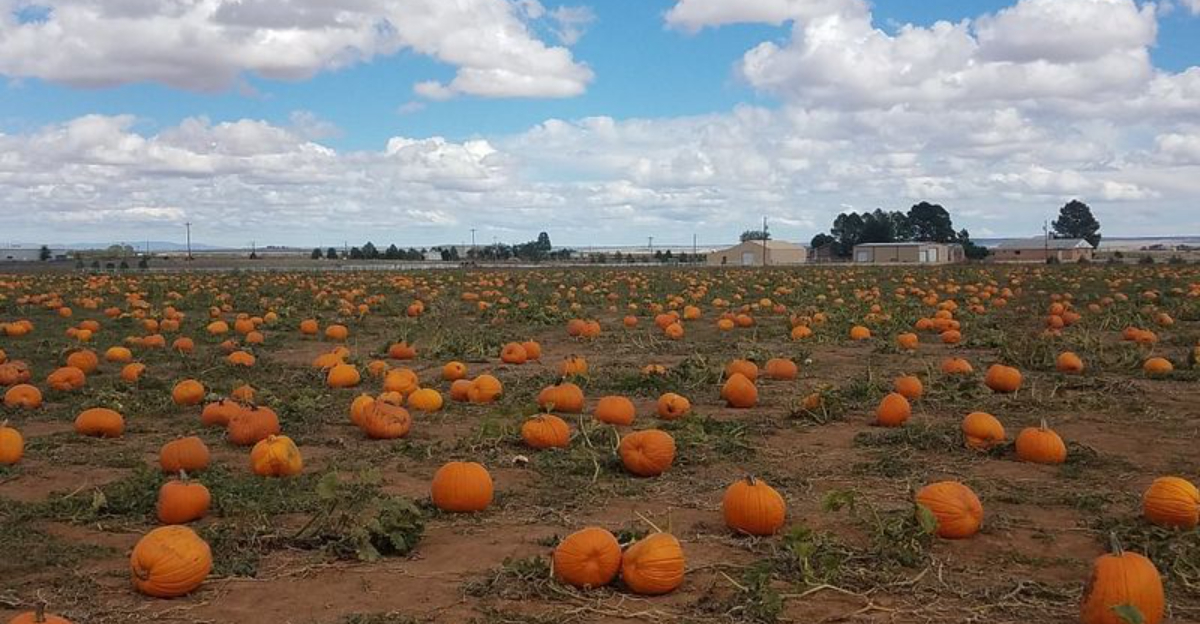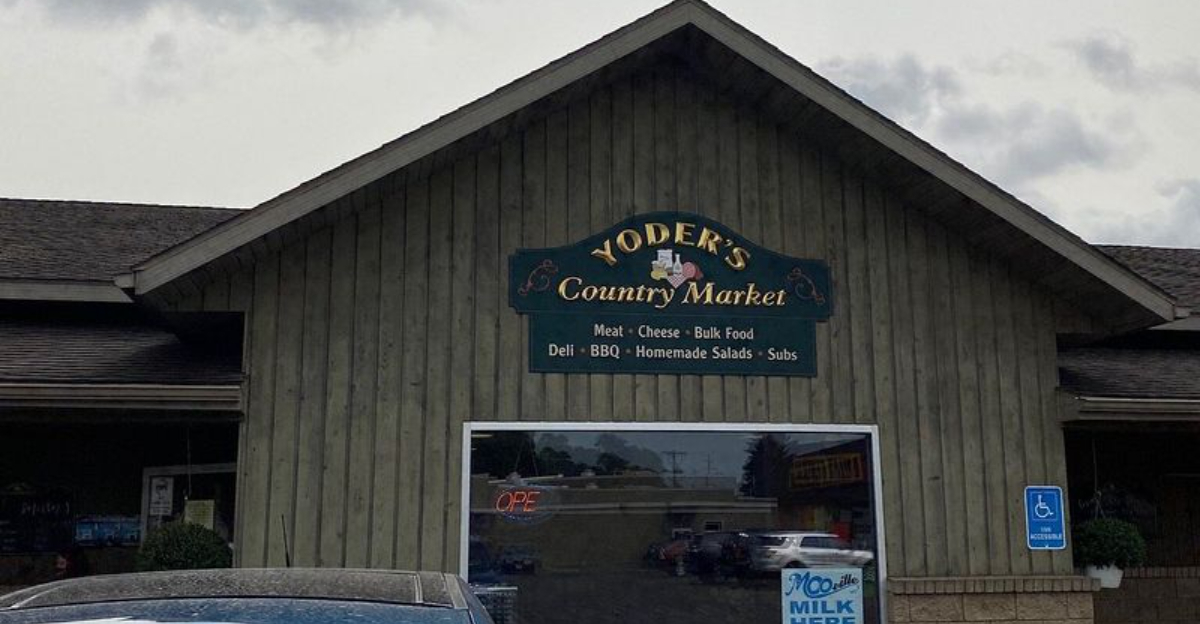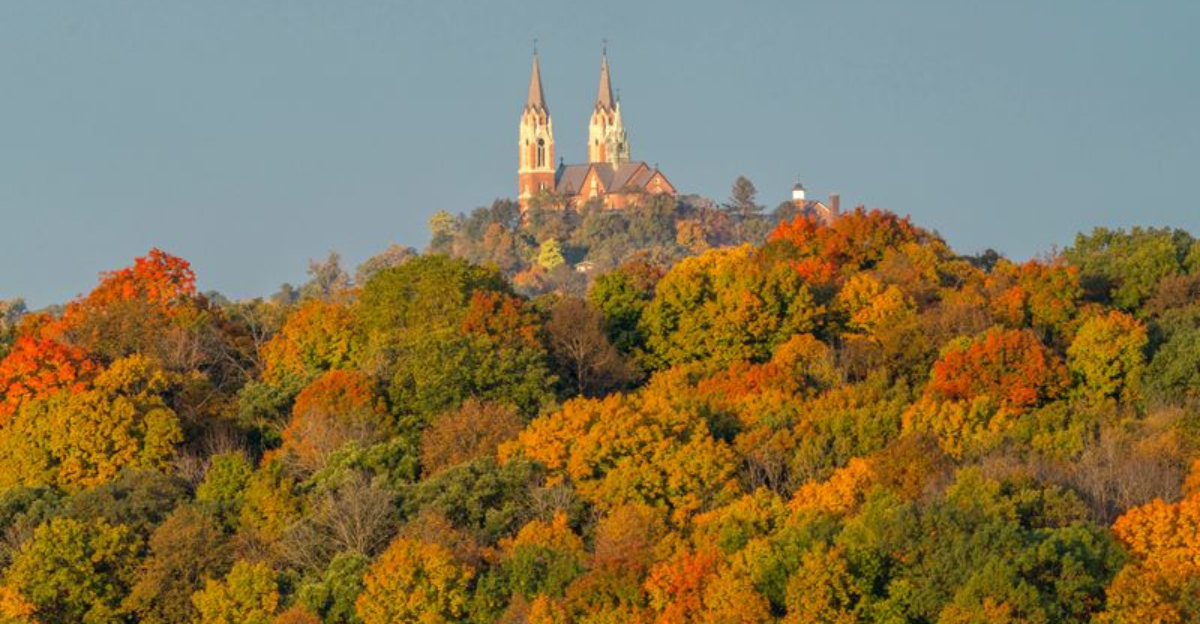Syracuse, New York’s 160-Acre Cemetery Doubles As Outdoor Architecture Museum
Oakwood Cemetery spans 160 acres near Syracuse University, founded in 1859 with landscape design by Howard Daniels that remains largely unchanged.
The cemetery functions as both active burial ground and historical site, featuring over 60,000 interments, rare tree species, and funerary architecture ranging from Gothic revival towers to Egyptian-style pyramids.
The Historic Oakwood Cemetery Preservation Association provides maps and guided tours, while seasonal ghost walks hosted by the Onondaga Historical Association add evening programming.
1. Howard Daniels’ Design Philosophy
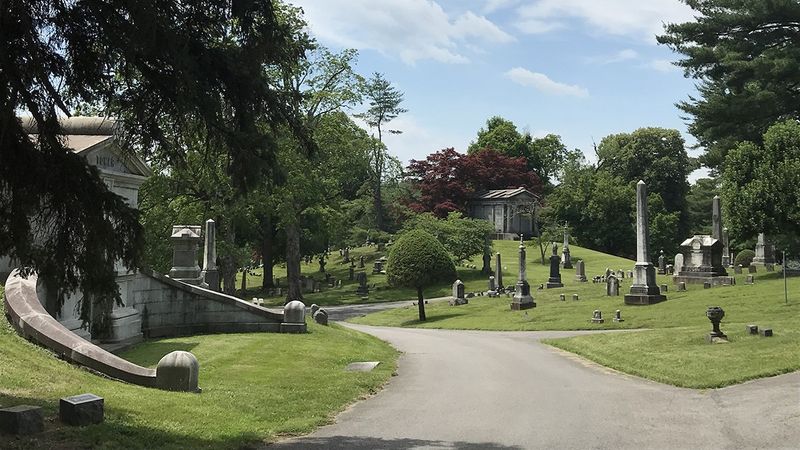
Landscape gardener Howard Daniels envisioned rural cemeteries as scenic sanctuaries blending nature and architecture rather than simple burial grounds.
His portfolio throughout the Northeast included Brookside in Watertown and Spring Forest in Binghamton, with Oakwood representing his final major project. The original layout integrated rolling hills, tree plantings, and intentional vistas that created park-like atmosphere while serving memorial functions.
2. Notable Architecture and Monuments
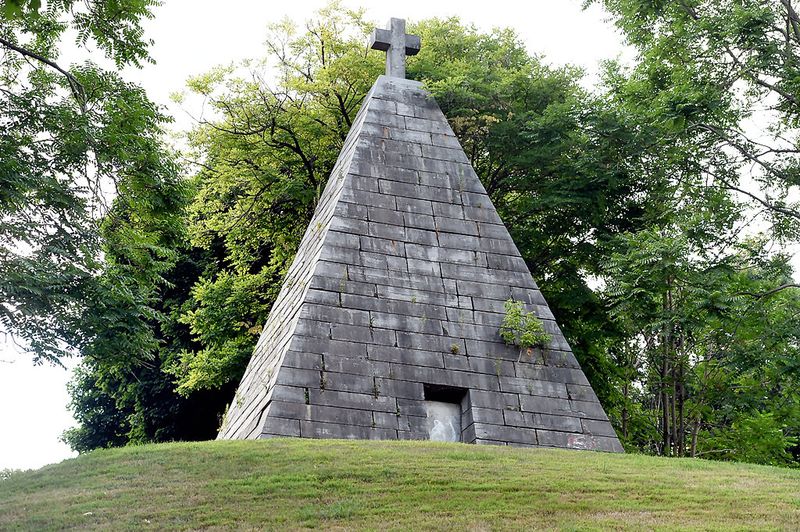
The first burial occurred in November 1859 when Nellie G. Williamson was interred, followed by the first monument for James Crouse constructed in winter 1859-1860.
The 70-foot Longstreet Mausoleum takes pyramidal Egyptian form, while the Romanesque Crouse Mausoleum designed by H.Q. French honored one of Syracuse’s wealthiest residents. Victorian-era monuments and intricate mausoleums create what functions as an outdoor museum of 19th-century funerary sculpture.
3. Walking Trails and Access
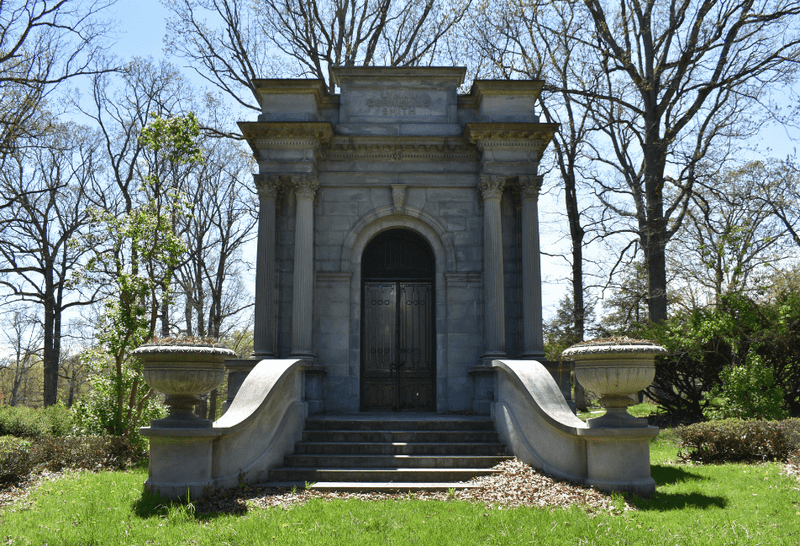
Syracuse Community Geography offers 11 distinct trail maps, including the Blue Trail (Oakwood Cemetery Landscape Trail) through green spaces and scenic overlooks. The Morningside Cultural Trail begins at Barry Park outside cemetery grounds before entering the site.
The accessible Oakwood Flat Trail passes 24 mausoleums while highlighting notable burials including Syracuse University founder Rev. Jesse Truesdell Peck, automobile pioneer Herbert H. Franklin, and Civil War general John A. Green with family members.
4. Practical Information
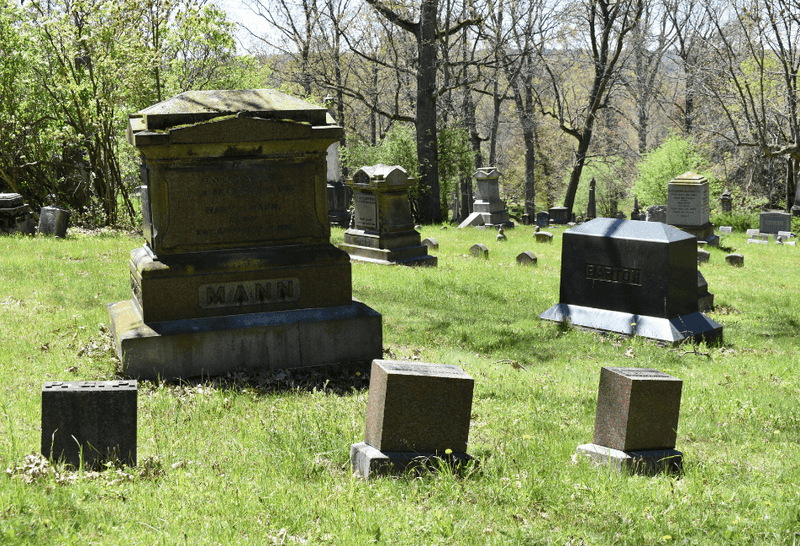
The cemetery sits near Syracuse University with multiple entry points. Self-guided exploration allows visitors to discover architectural styles at their own pace, while guided tours provide historical context. Ghost walks occur multiple times annually for those interested in evening experiences.
The site functions simultaneously as active cemetery and public historical resource, requiring respectful behavior while offering educational and recreational opportunities similar to Brooklyn’s Green-Wood Cemetery.



